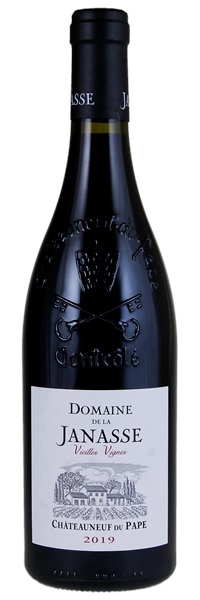Estimate

Black cherries, blackberries and garrigue...boasts some formidable tannins, but they're ripe, and the fruit is vibrant and intense...
...piercing blackberry and black-plum flavors softened by flurries of peppercorn and anise as well as ripe, feathery tannins.
...rich, powerful, full-bodied wine offering ample cassis and darker berry fruits, notes of ground pepper, cured meats, and scorched earth, ripe, building tannins, incredible balance, and a great finish.
Warm and lush in feel, with steeped dark plum, blackberry and açai berry fruit flavors infused with singed savory, licorice root and warm earth notes, offering a late echo of bittersweet Valrhona chocolate. Good underlying grip keeps this honest enough too.
The striking nose of cardamon, licorice and bell pepper pulls you into the rich and concentrated palate which has good balance, in spite of the substantial tannins. Slightly chewy, long finish that needs some time to soften.
Lovely juicy and vibrant nose, packed full of fruit. Lovely blend of dark fruit, spice and finely-tuned tannins – well put together and despite being a rich and chewy style there is a lovely sense of freshness. Excellent.